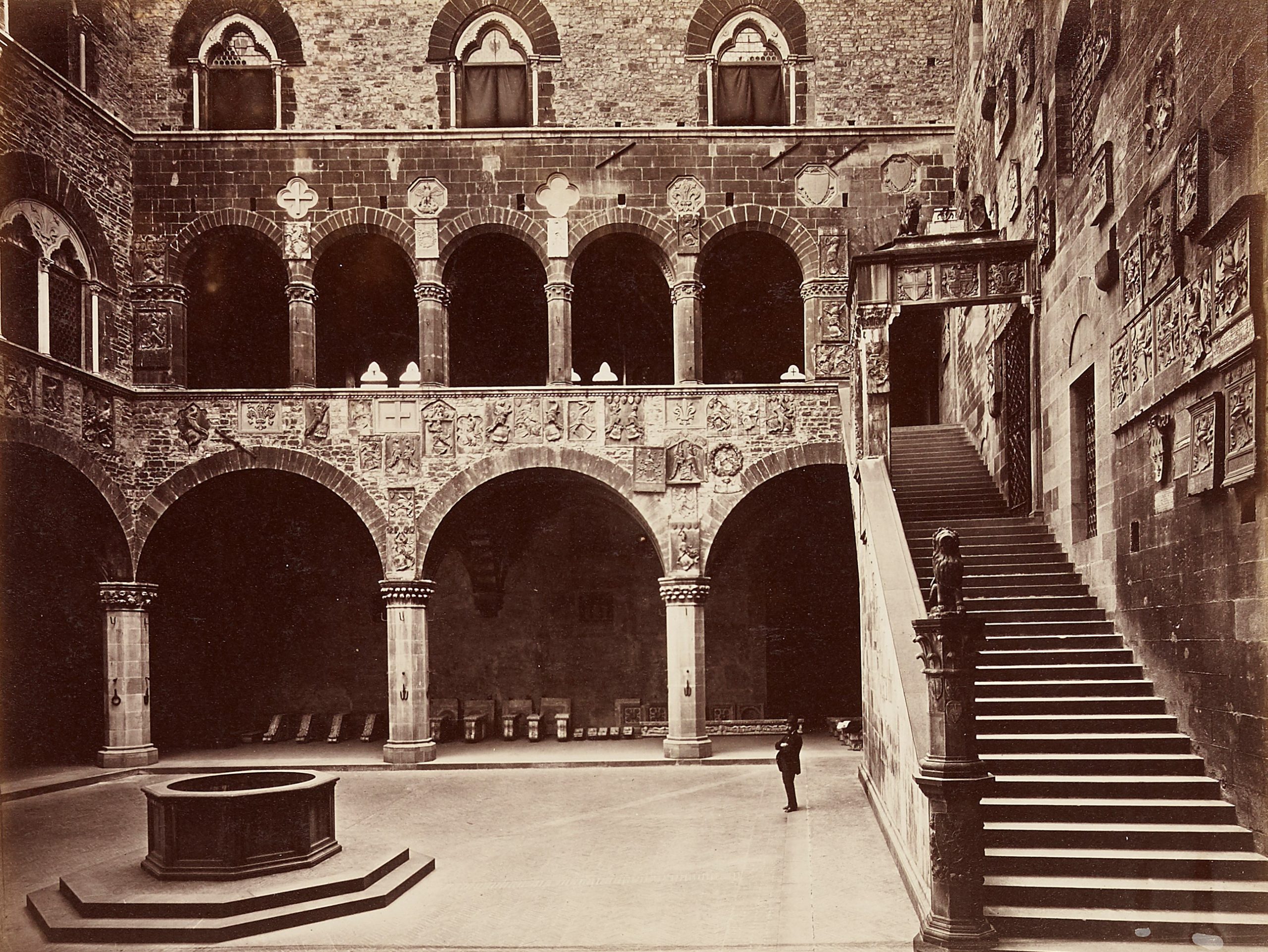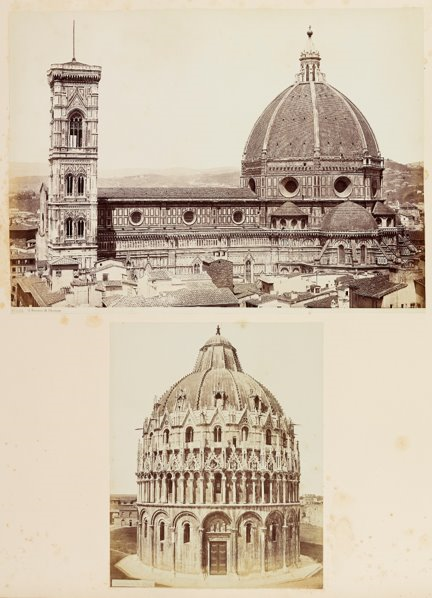
August 30, 2023, by Chloe
On the Road with Prince Leopold
With summer comes visions of blue skies, warm weather and unknown vistas – but sadly, so often these things remain simply dreams. It might provide some small consolation to our readers to learn that the people of the past were no more immune to wanderlust than ourselves: this was certainly true of Prince Leopold, the youngest son of Queen Victoria. Leopold suffered from haemophilia, and his mother – fearing for his health – barred him from travelling abroad on multiple occasions. Despite her wishes, he eventually managed three European tours in 1876, 1878 and 1884, shortly before his untimely death.
Here at Manuscripts and Special Collections, we hold a large album of 208 photographs which correspond to the locations which he visited on that first trip, and which are presented in the same order that he visited them according to contemporary press reports. Therefore, it is almost certain that it is a memento of the 1876 tour, which he undertook at the age of 23.
This assemblage represents not only a rare survival of a royal album outside of the royal collection, but also a unique glimpse of travel in the 19th century, as Leopold engages in many common touristic practices of the period along the way.
His journeys were relatively lengthy, and the 1876 route, which passed though France, Italy and Switzerland, recalled that of the ‘Grand Tour’: a trip of up to a couple of years in length often taken by young aristocratic men on the precipice of adulthood during its 18th century heyday. Some of the sites which Leopold and his contemporaries visited, such as Venice and Florence, remain popular to this day, whereas others, such as Lausanne and Bologna, are now much less high-profile.
Italy in particular was a highly desired location for all types of travellers, Grand Tourists and middle-class Victorians alike: a southern fantasy land of high art, poetry and music, with breathtaking landscapes and the ruins of Classical splendour. Grand Tourists also enjoyed nature, especially the Italian volcanoes of Vesuvius and Etna, a fashion which developed further in the 19th century, with mountains, romantic lakes and countryside walks all becoming extremely popular: an interest which Leopold also reflects in his album.
Some early tourists sketched what they saw; others bought cheap engravings of the pictures and sculptures that were collected by the wealthy. But by the late 19th century, photographs and postcards were beginning to dominate the souvenir market – and, going by the size of his collection, Leopold was slightly ahead of the curve.
Identifying the source of some of the scenes is easy, as they are very well-known images – for example of the Leaning Tower of Pisa and the Grand Canal in Venice – and may have been clipped out of published guides. Similarly, many of the images appear to have been purchased from well-established photographers who specialised in tourist souvenirs. Other views, such as the magnificent image of Venice reproduced here, have not (as of yet) been linked to any commercial photographer, indicating that they may be unique: taken especially for Leopold, or even by him.
Regardless of the source of the photographs, it is clear that Leopold treasured the memory of his travels, as the album itself is dated between his marriage in 1882 and his premature death in 1884, between six and eight years after the trip in question. It isn’t hard to see why: slip between its pages and you will find yourself on far-flung shores, reliving a journey that ended almost 150 years ago.
Whether or not you’ve managed to get away this summer, you can always travel the world with Prince Leopold from the comfort of our Reading Room! To find out more, or to book an appointment today, please contact us at mss-library@nottingham.ac.uk.
If you can’t make it in person, why not use our new digital resource to flip though the pages of the album virtually?
No comments yet, fill out a comment to be the first




Leave a Reply